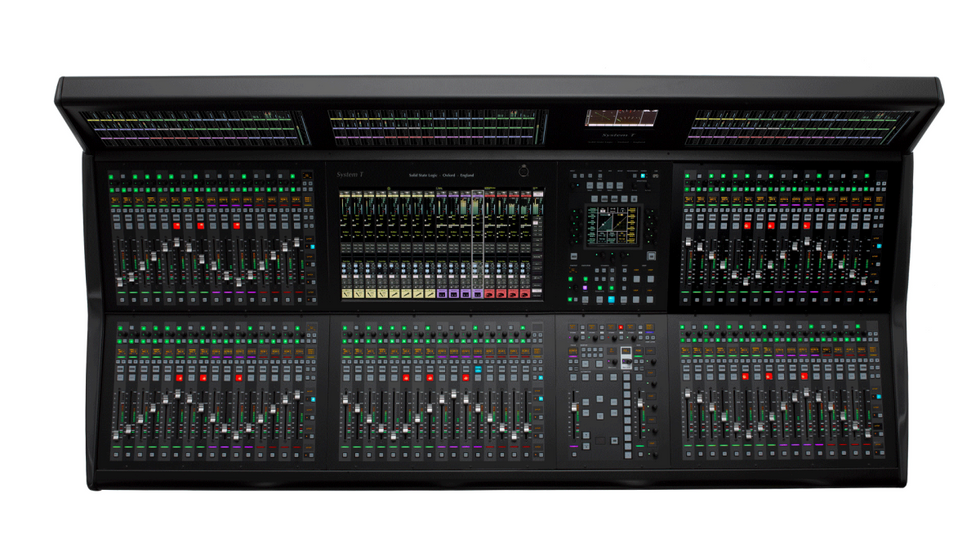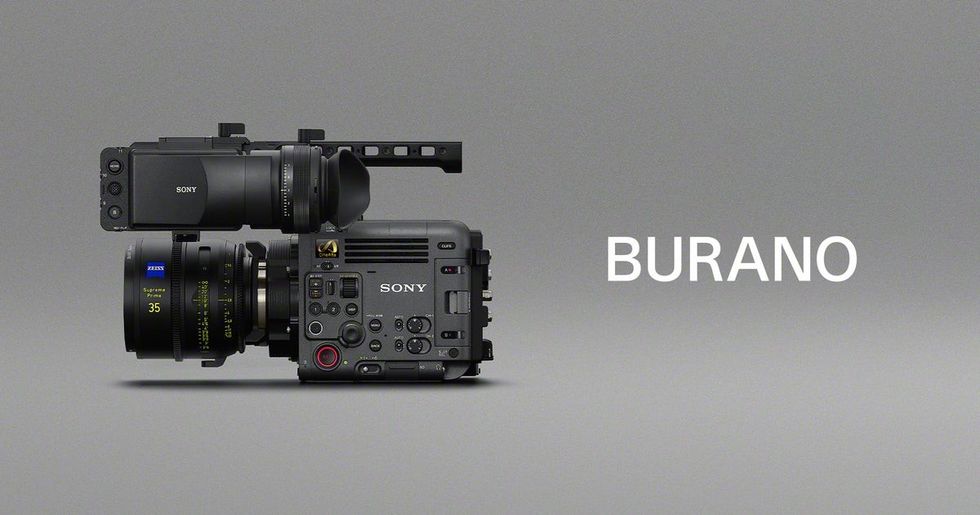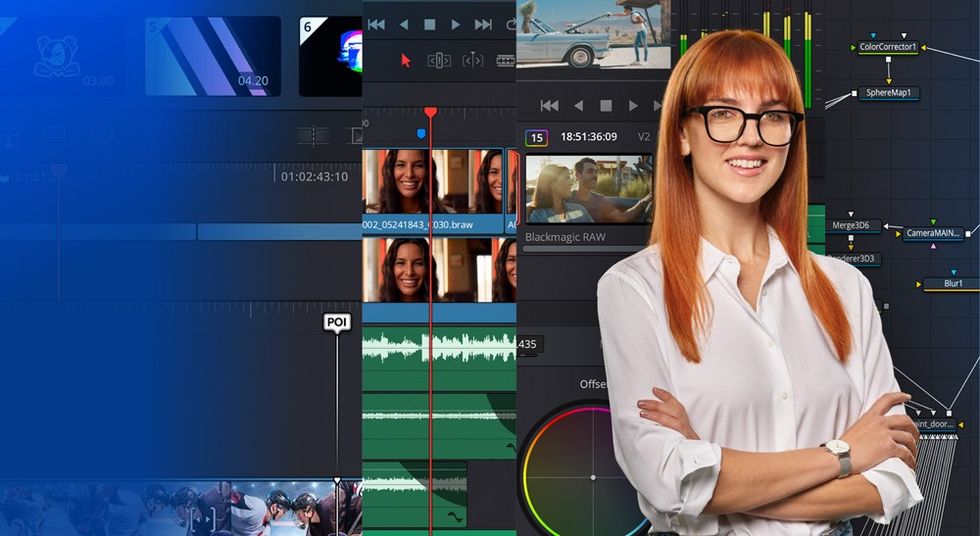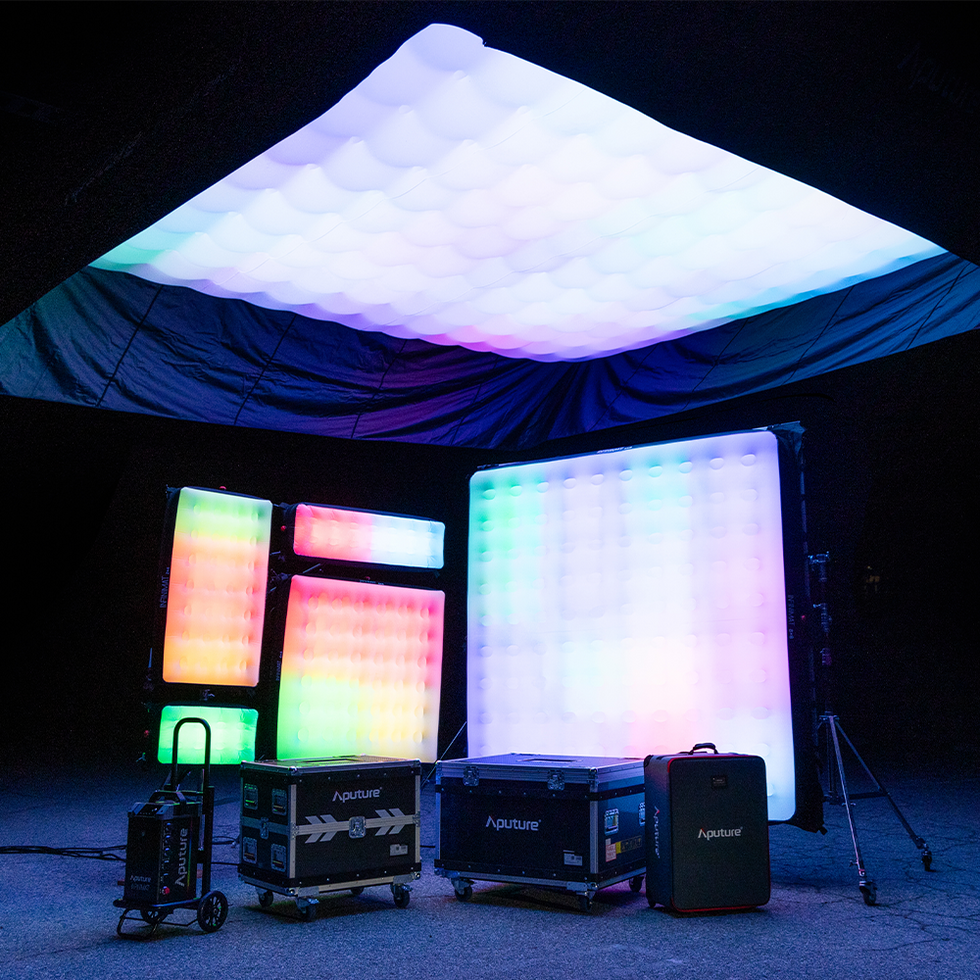How Does Steven Soderbergh Make Movies Differently Than Other Directors?
No one makes movies quite like director Steven Soderbergh.
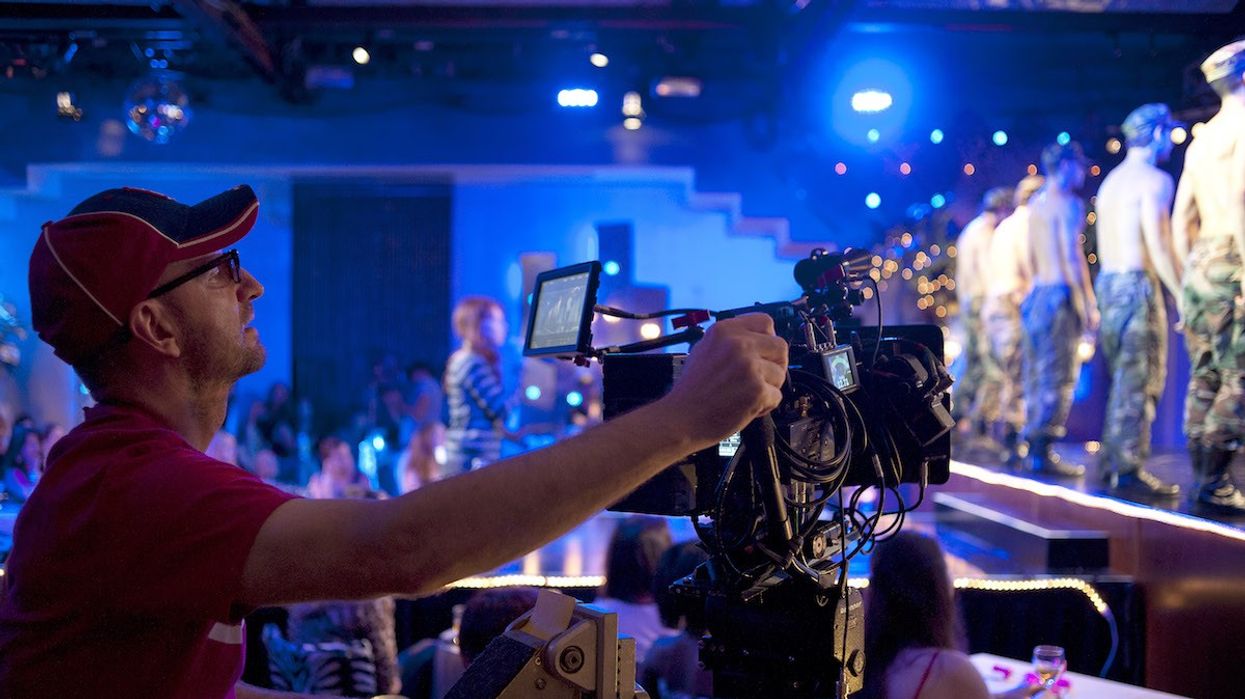
Except for a few major technological advances in sound and editing, movies have more or less been made the same way since the late 1800s. Character introductions are usually blatant explanations of self, sex scenes are usually just a bunch of close ups of body parts, and dialog scenes are shot in a series of establishing, over-the-shoulder, medium, and close up shots (in that order). And then there's Steven Soderbergh who does pretty much everything his own untraditional way. In this video essay, Declan Taaffe explores the many ways in which the director breaks cinematic convention in his films.
Soderbergh's filmography is one of the most eclectic, so studying Soderbergh is less about pinpointing his style or preferred subject matter—I mean, he's the guy who made both The Limey and Magic Mike.
Really, understanding Soderbergh is more about uncovering his philosophy on cinema, and Taaffe does a great job highlighting examples from his work that speak to this. But perhaps the easiest way to comprehend it is by hearing from Soderbergh himself:
A desire to just find a new way to give the audience information about the story and about character. There has to be a better way to lay things out for people, or at least you can be more adventurous and release information in a way that's less traditional."
I think it's safe to say that Soderbergh's whole cinematic philosophy is all about change—changing the way visual information is given to the audience. So, the next time you watch one of his films, maybe focus less on what the film looks like or its themes, focus more on how the story is told cinematically.
Source: Writing with the Camera

